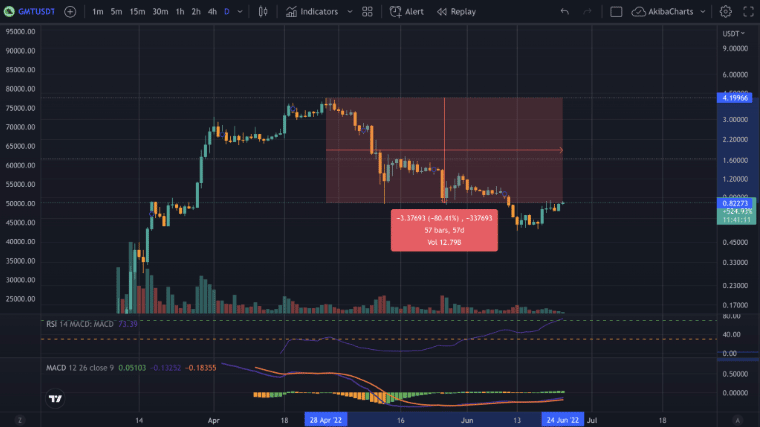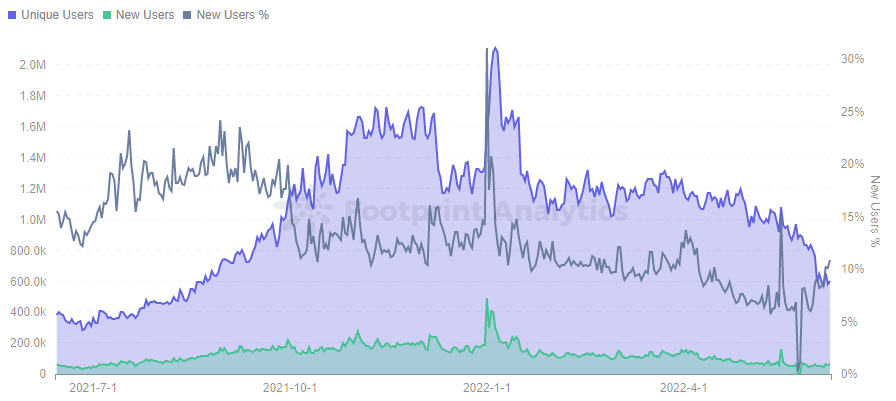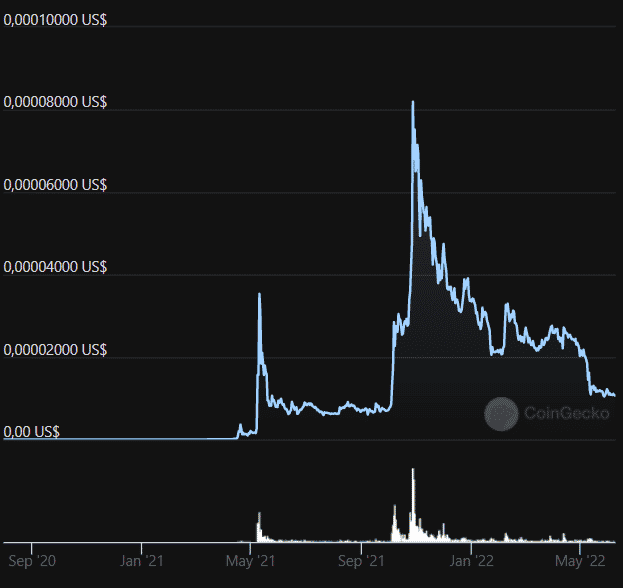NFTS: You may have heard about the insane energy cost of cryptocurrencies and NFTs, and it is partially true. But things are changing. Fast.
This is an extract from Be[In]Crypto’s new free downloadable e-book, called Sustainability and Cryptocurrencies: An Analysis. Download it here.
You may have heard about the insane energy cost of cryptocurrencies and NFTs, and it is partially true. Digiconomist.net estimates that a single Ethereum transaction takes around 120kWh of energy — just over four days of power for an average U.S. household.
Since most NFT sales rely on the Ethereum blockchain and there are thousands of sales each day, that energy usage is significant.
Unlike regular tokens that are mostly Ethereum’s ERC-20 smart contracts, NFTs are ERC-721 or ERC-1155 smart contracts. Consequently, minting an NFT means creating a smart contract that is stored on a blockchain network.
Because smart contracts can tokenize a wide range of human activities, so too is NFT usage wide in scope.
NFTs can be:
– Artwork, whether standalone or in blockchain games/trading cards.
– Tickets for sports and events, which can also serve as memorabilia.
– Video and music.
– Virtual merchandise on metaverse platforms for avatar characters.
– Domain names and documents.
– Real-world assets, such as real estate (CityDA0 in Wyoming).
Therefore, because NFTs are smart contracts, they use smart contract platforms with Bitcoin not being one of them. Accordingly, NFT trading is as energy-intensive as one can expect to see from PoS blockchains. In its non-upgraded state, Ethereum is the largest smart contract platform using 238.22 kWh per transaction, according to Statista.

NFTs and Ethereum
However, Ethereum is also in the process of moving from a proof-of-work model to a proof-of-stake model. This has been a long-term project for the Ethereum Foundation and may reduce the energy per transaction to as low as 35Wh, as there will no longer be countless computers competing to finish each task, replaced with validators with their staked funds instead.
If it works, this is a reduction from an annual power usage similar to some medium-sized countries to that of a small U.S. town. Since these transactions would use some energy anyway, this move is a good step toward making cryptocurrencies and non-fungible tokens much better for the environment.

If Ethereum’s Merge completes as scheduled, it would then be aligned with other PoS blockchains in terms of energy expenditure. Then, we can compare previous Visa energy usage with the wide PoS ecosystem of blockchains in which Ethereum will enter.
This is a good metric to overview the NFT market’s energy drain. To bring it to a more granular and illustrating level, Visa’s energy consumption equals around 20,000 US households for 2019, according to Digiconomist.

Current Market
2021 saw the NFT market size grow to $41 billion with weekly sales between 15,000 to 50,000 NFTs. With the upper range picked as a baseline and multiplied by the average PoS energy expenditure of 20 Wh per transaction, this leaves the NFT market at 1,000 kWh energy consumption per week.
On an annual basis, this translates to 0.052 GWh. According to the U.S. Energy Information Administration (EIA), the average annual electricity consumption for a U.S. residential utility customer was 10,715 kilowatt hours (kWh) in 2020.
Comparatively, this means:
• 0.0107 GWh per single US household per year.
• 0.052 GWh per entire NFT market at upper range of activity (50k weekly sales), per year.
From this, we can conclude that PoS blockchains are inherently aligned with eco-requirements compared to PoW networks.
 beincrypto.com
beincrypto.com